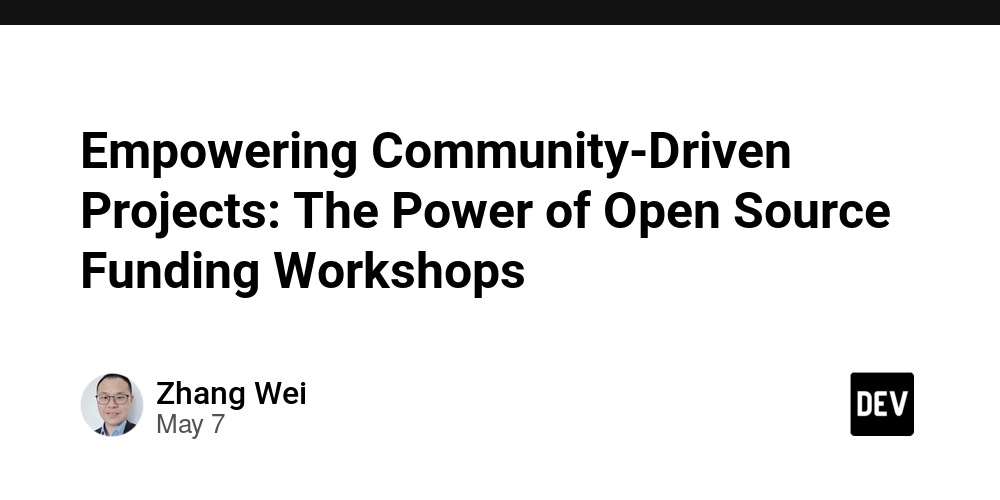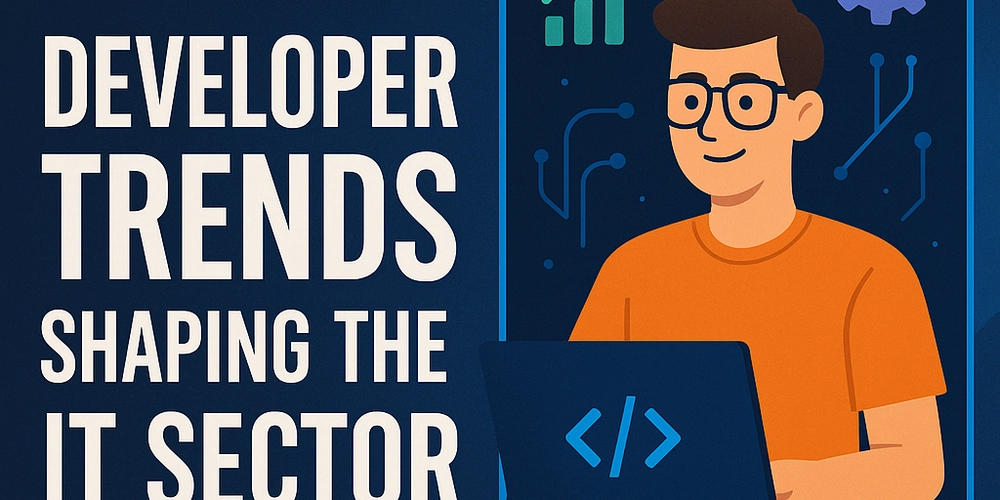The Art of Value Delivery
Ever wonder what sets successful software products apart from the rest? It’s not just about writing clean code or having the latest features. It’s about "delivering value". Real, tangible value. As a developer who's worked across dynamic e-commerce platforms I can tell you,it’s this understanding of value that ultimately determines whether a product thrives or fades away. It’s what separates products that vanish from those that grow sustainably. This guide offers a practical look into delivering value effectively, especially in the software world. 1. What is Value? In business, value is the actual benefit a user or customer gets in exchange for time, money, or attention. It’s not about features. It’s about outcomes: saving time, making money, or feeling secure. When you build a product, you’re not just writing code, you’re solving someone’s real problem. 2. Types of Value Here’s how value shows up in real-world use: Functional Value: Helping someone do something faster or easier. Economic Value: Saving money or increasing ROI. Experiential Value: Creating delight or seamless experiences. Social Value: Building trust, status, or community Ethical/Sustainable Value: Aligning with environmental or social goals. Knowing which one you’re delivering shapes everything—from code to customer support. 3. Define Value for Different Audiences Different users care about different things. A finance team wants ROI. A solo entrepreneur wants speed. Your job is to find the overlap. Start with a core value, then layer in tailored benefits for each group. Keep the language benefit-driven, not feature-heavy. 4. How to Identify What Your Market Values Use both: Qualitative signals: User interviews, session recordings, support tickets. Quantitative data: Usage analytics, survey patterns, churn rates. Track competitors, but don’t just copy them. Understand why they work. Solve what they miss. 5. Discover and Deepen Understanding Launch fast, learn faster. Run: MVPs Discovery sprints Pilot programs Pair these with feedback loops and product analytics. Watch how people use the product, not just what they say. 6. Who to Target First Start with: Early adopters who love testing new tools. High-pain users who are desperate for solutions. Influencers who can become your internal champions or vocal customers. These groups give you the best feedback and traction. 7. Channels That Deliver Value Well In software, the delivery method is part of the value. Prioritize: Digital delivery: SaaS platforms, mobile apps, browser tools. Human support: Personalized onboarding, real-time help. Ecosystem integration: APIs, payment gateways, partner apps. Make value accessible in the flow of work. 8. Strategies to Optimize Delivery Use agile development to ship fast and adapt. Design modular products that serve different needs. Build a roadmap with your users, not just for them. Your product will evolve as your understanding deepens. 9. Measure What Matters Focus on: ROI and revenue impact Retention and active usage Satisfaction (NPS, reviews) Tie every KPI to your value proposition. 10. Deliver Fast, Deliver Right Delivering fast doesn’t mean rushing. It means removing blockers: Empower cross-functional teams. Automate releases and tests. Prioritize tasks using impact vs. effort. Timely value is more valuable. 11. When to Slow Down or Reprioritize Hit pause when: Quality suffers. User trust declines. The market shifts. Frequent reviews keep you agile, not reactive. 12. Raise the Quality Bar Run release retrospectives. Use continuous integration and real-time monitoring. Create feedback loops where users help shape improvements. It’s not about being perfect. it’s about learning quickly. 13. Scaling Delivery Map current value streams Segment and customize offerings. Automate wherever possible. Create a repeatable process. Align your whole team on outcomes, not outputs. With a solid system and shared focus, you can scale both value and trust. Final Thoughts If you’re building software. especially in fast-paced spaces like e-commerce and payments. value delivery isn’t optional. It’s your edge. Start with clarity, stay close to your users and never stop adjusting. That’s how real impact happens. If you're building in this space or exploring value delivery systems, I'd love to connect. My experience spans everything from writing backend code to leading cross-functional teams toward faster, cleaner value pipelines.
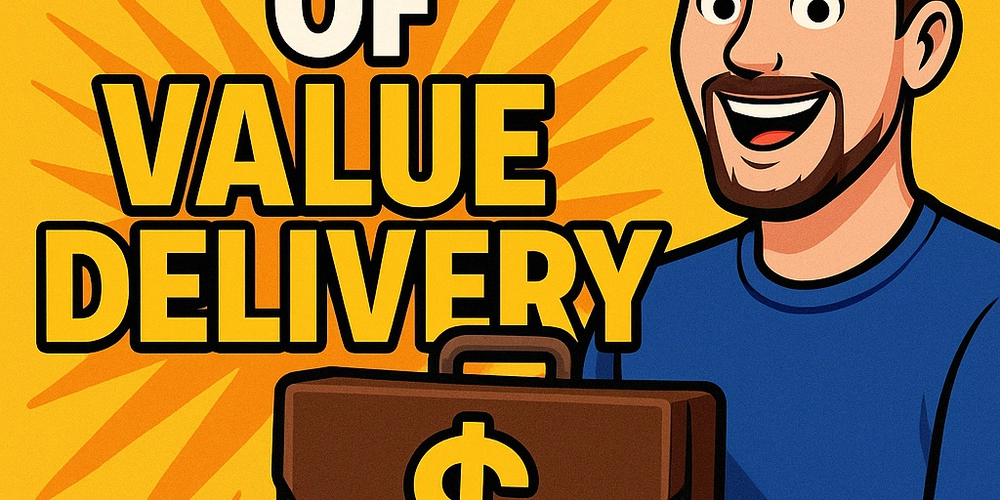
Ever wonder what sets successful software products apart from the rest? It’s not just about writing clean code or having the latest features. It’s about "delivering value". Real, tangible value.
As a developer who's worked across dynamic e-commerce platforms I can tell you,it’s this understanding of value that ultimately determines whether a product thrives or fades away.
It’s what separates products that vanish from those that grow sustainably. This guide offers a practical look into delivering value effectively, especially in the software world.
1. What is Value?
In business, value is the actual benefit a user or customer gets in exchange for time, money, or attention. It’s not about features. It’s about outcomes: saving time, making money, or feeling secure. When you build a product, you’re not just writing code, you’re solving someone’s real problem.
2. Types of Value
Here’s how value shows up in real-world use:
- Functional Value: Helping someone do something faster or easier.
- Economic Value: Saving money or increasing ROI.
- Experiential Value: Creating delight or seamless experiences.
- Social Value: Building trust, status, or community
- Ethical/Sustainable Value: Aligning with environmental or social goals.
Knowing which one you’re delivering shapes everything—from code to customer support.
3. Define Value for Different Audiences
Different users care about different things. A finance team wants ROI. A solo entrepreneur wants speed. Your job is to find the overlap. Start with a core value, then layer in tailored benefits for each group. Keep the language benefit-driven, not feature-heavy.
4. How to Identify What Your Market Values
Use both:
- Qualitative signals: User interviews, session recordings, support tickets.
- Quantitative data: Usage analytics, survey patterns, churn rates.
Track competitors, but don’t just copy them. Understand why they work. Solve what they miss.
5. Discover and Deepen Understanding
Launch fast, learn faster.
Run:
- MVPs
- Discovery sprints
- Pilot programs
Pair these with feedback loops and product analytics. Watch how people use the product, not just what they say.
6. Who to Target First
Start with:
- Early adopters who love testing new tools.
- High-pain users who are desperate for solutions.
- Influencers who can become your internal champions or vocal customers.
These groups give you the best feedback and traction.
7. Channels That Deliver Value Well
In software, the delivery method is part of the value. Prioritize:
- Digital delivery: SaaS platforms, mobile apps, browser tools.
- Human support: Personalized onboarding, real-time help.
- Ecosystem integration: APIs, payment gateways, partner apps.
Make value accessible in the flow of work.
8. Strategies to Optimize Delivery
- Use agile development to ship fast and adapt.
- Design modular products that serve different needs.
- Build a roadmap with your users, not just for them.
Your product will evolve as your understanding deepens.
9. Measure What Matters
Focus on:
- ROI and revenue impact
- Retention and active usage
- Satisfaction (NPS, reviews)
Tie every KPI to your value proposition.
10. Deliver Fast, Deliver Right
Delivering fast doesn’t mean rushing. It means removing blockers:
- Empower cross-functional teams.
- Automate releases and tests.
- Prioritize tasks using impact vs. effort.
Timely value is more valuable.
11. When to Slow Down or Reprioritize
Hit pause when:
- Quality suffers.
- User trust declines.
- The market shifts.
Frequent reviews keep you agile, not reactive.
12. Raise the Quality Bar
Run release retrospectives.
- Use continuous integration and real-time monitoring.
- Create feedback loops where users help shape improvements.
It’s not about being perfect. it’s about learning quickly.
13. Scaling Delivery
- Map current value streams
- Segment and customize offerings.
- Automate wherever possible.
- Create a repeatable process.
- Align your whole team on outcomes, not outputs.
With a solid system and shared focus, you can scale both value and trust.
Final Thoughts
If you’re building software. especially in fast-paced spaces like e-commerce and payments. value delivery isn’t optional. It’s your edge. Start with clarity, stay close to your users and never stop adjusting. That’s how real impact happens.
If you're building in this space or exploring value delivery systems, I'd love to connect. My experience spans everything from writing backend code to leading cross-functional teams toward faster, cleaner value pipelines.











































































































































































![[The AI Show Episode 146]: Rise of “AI-First” Companies, AI Job Disruption, GPT-4o Update Gets Rolled Back, How Big Consulting Firms Use AI, and Meta AI App](https://www.marketingaiinstitute.com/hubfs/ep%20146%20cover.png)











































































































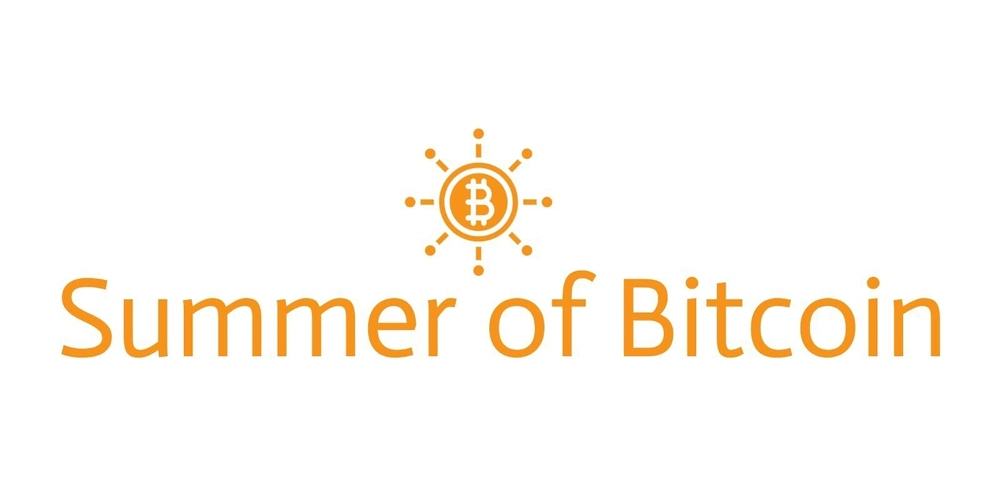















![[FREE EBOOKS] Offensive Security Using Python, Learn Computer Forensics — 2nd edition & Four More Best Selling Titles](https://www.javacodegeeks.com/wp-content/uploads/2012/12/jcg-logo.jpg)



![Ditching a Microsoft Job to Enter Startup Purgatory with Lonewolf Engineer Sam Crombie [Podcast #171]](https://cdn.hashnode.com/res/hashnode/image/upload/v1746753508177/0cd57f66-fdb0-4972-b285-1443a7db39fc.png?#)






















































































































































































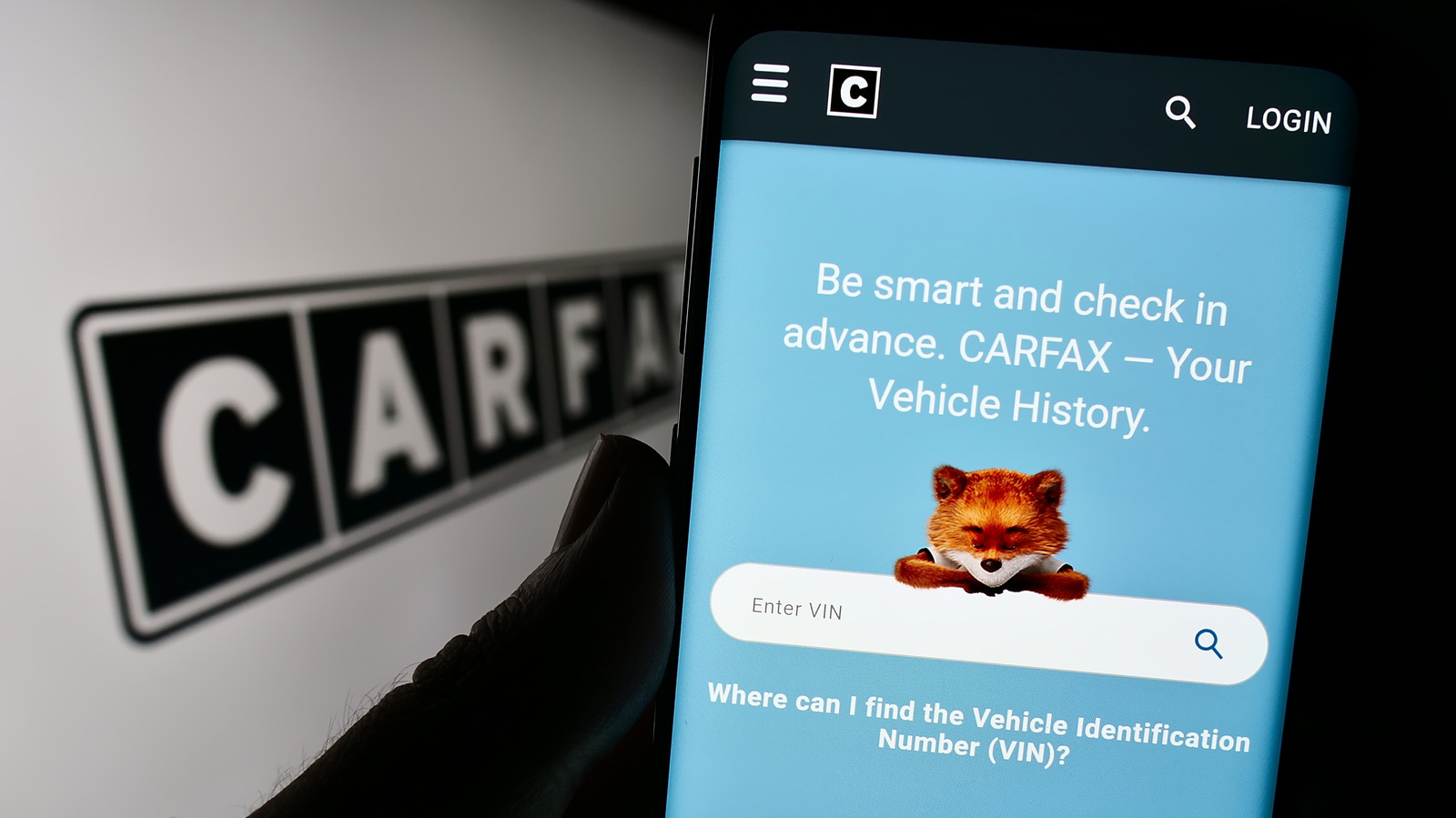






































-xl.jpg)













![As Galaxy Watch prepares a major change, which smartwatch design to you prefer? [Poll]](https://i0.wp.com/9to5google.com/wp-content/uploads/sites/4/2024/07/Galaxy-Watch-Ultra-and-Apple-Watch-Ultra-1.jpg?resize=1200%2C628&quality=82&strip=all&ssl=1)












![Beats Studio Buds + On Sale for $99.95 [Lowest Price Ever]](https://www.iclarified.com/images/news/96983/96983/96983-640.jpg)

![New iPad 11 (A16) On Sale for Just $277.78! [Lowest Price Ever]](https://www.iclarified.com/images/news/97273/97273/97273-640.jpg)








































![Apple's 11th Gen iPad Drops to New Low Price of $277.78 on Amazon [Updated]](https://images.macrumors.com/t/yQCVe42SNCzUyF04yj1XYLHG5FM=/2500x/article-new/2025/03/11th-gen-ipad-orange.jpeg)



![[Exclusive] Infinix GT DynaVue: a Prototype that could change everything!](https://www.gizchina.com/wp-content/uploads/images/2025/05/Screen-Shot-2025-05-10-at-16.07.40-PM-copy.png)






![T-Mobile discontinues a free number feature but a paid alternative exists [UPDATED]](https://m-cdn.phonearena.com/images/article/170235-two/T-Mobile-discontinues-a-free-number-feature-but-a-paid-alternative-exists-UPDATED.jpg?#)














































